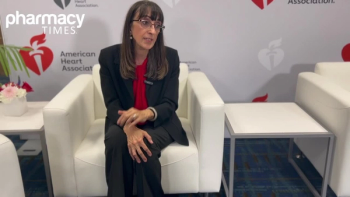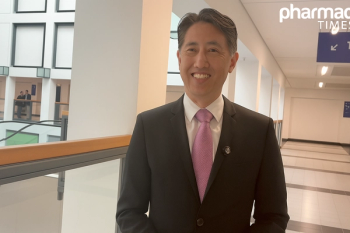
Many Women At Risk of Unknowingly Exposing Unborn Children to Opioids, CDC Reports
More than a third of reproductive-aged women enrolled in Medicaid, and more than a quarter of those with private insurance, filled a prescription for an opioid pain medication each year during 2008-2012, suggesting that many women may unknowingly expose their unborn children to these medicines.
PRESS RELEASE
More than a third of reproductive-aged women enrolled in Medicaid, and more than a quarter of those with private insurance, filled a prescription for an opioid pain medication each year during 2008-2012, suggesting that many women may unknowingly expose their unborn children to these medicines, indicates a report from CDC. The report assesses opioid medication use among all women of reproductive age given “that many pregnancies are not recognized until well after the first few weeks and half of all U.S. pregnancies are unplanned, [and] all women who might become pregnant are at risk.” In addition, the study’s authors called for increased efforts to “promote interventions to reduce opioid prescriptions” among these women when safer treatments are available.
On average, 39% of Medicaid-enrolled women filled an opioid prescription from an outpatient pharmacy each year compared to 28% of women with private health insurance. The higher opioid prescribing rates among Medicaid enrollees might be due to differences in the prescription medications covered under their health insurance plans, differences in use of health care services, or differences in the prevalence of underlying health conditions among Medicaid enrollees compared with persons covered by private health insurance, according to a
Newsletter
Stay informed on drug updates, treatment guidelines, and pharmacy practice trends—subscribe to Pharmacy Times for weekly clinical insights.






















































































































































































































